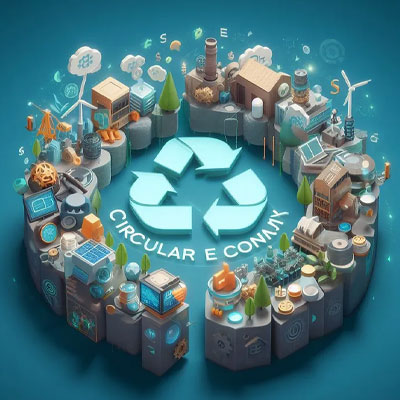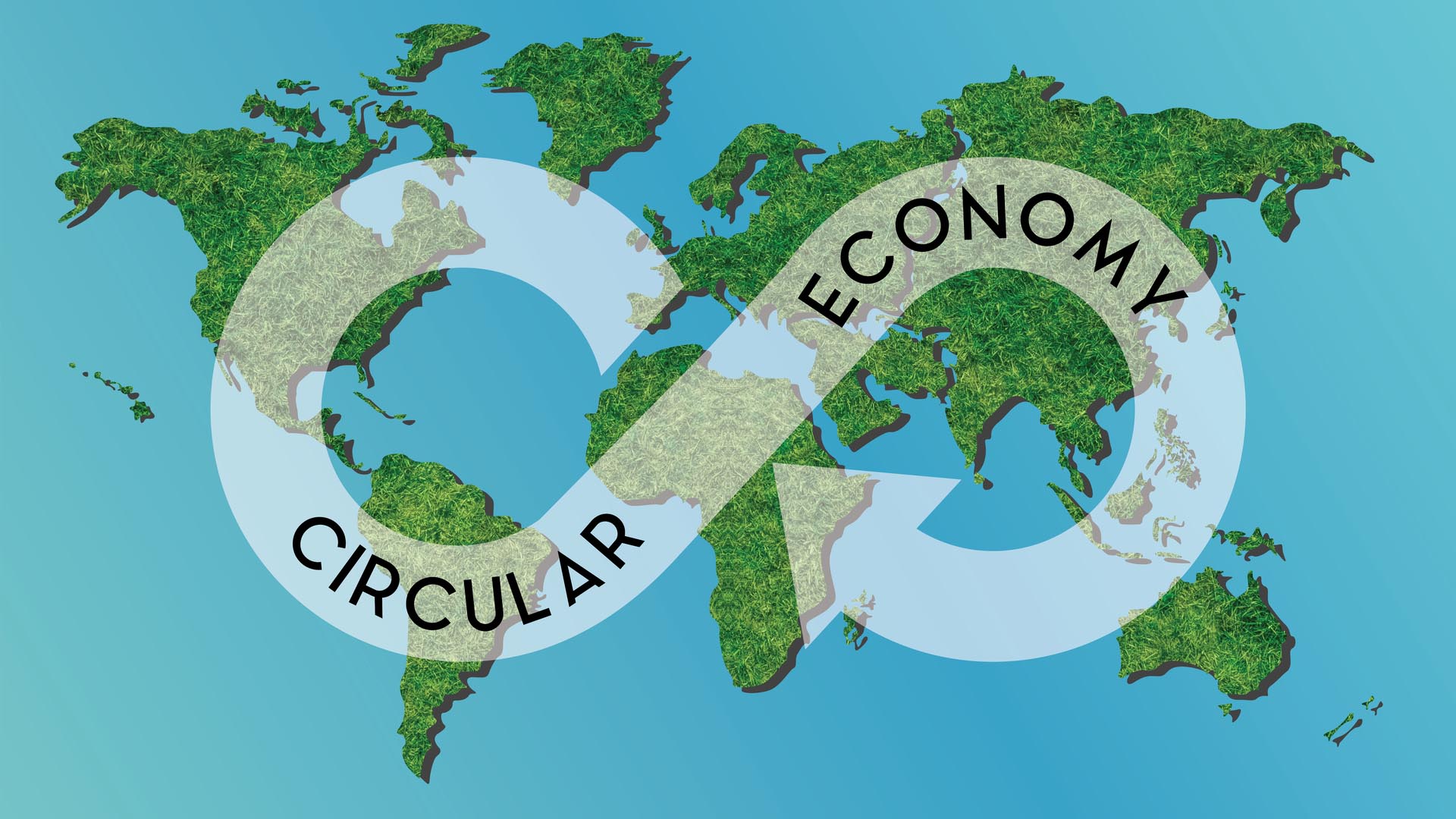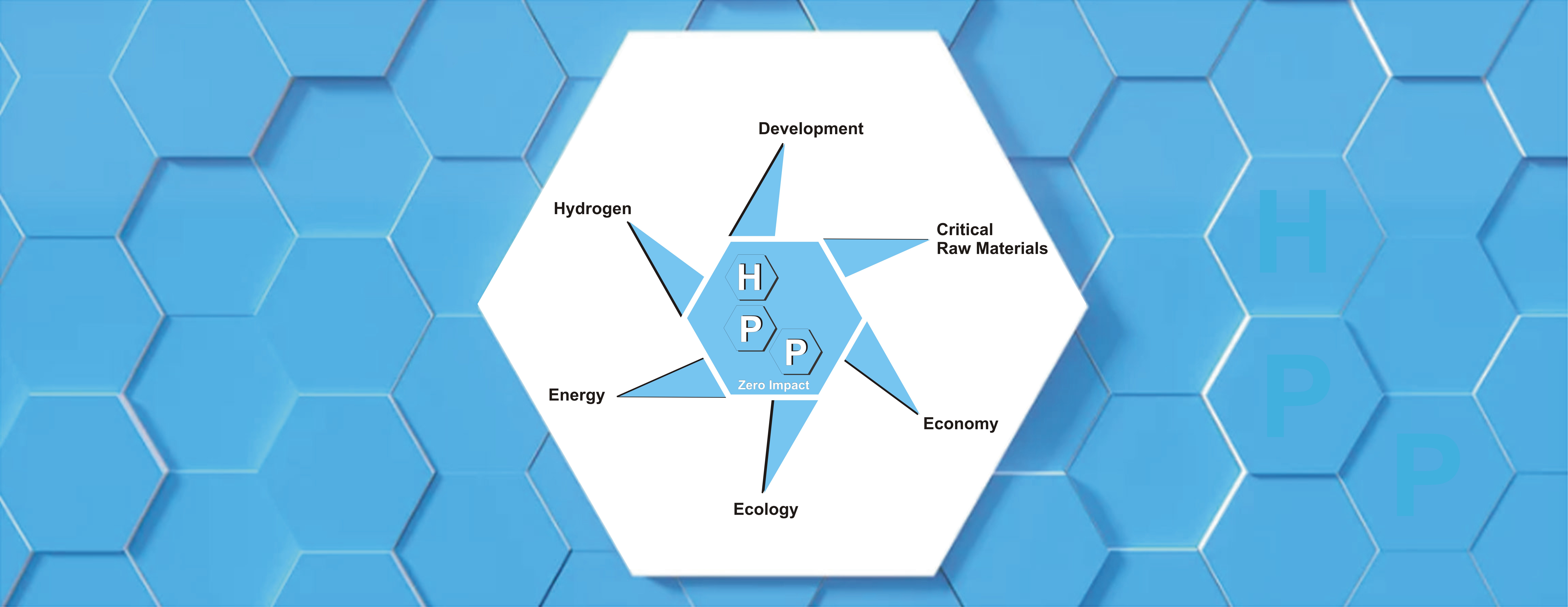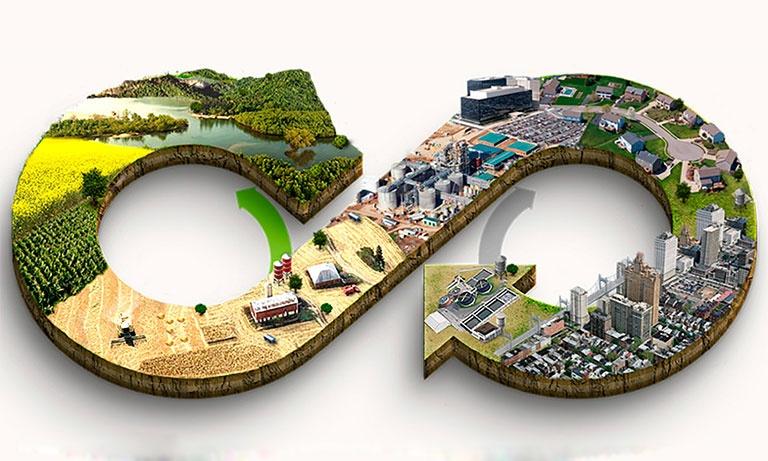
Circular economy
The principle of the circular economy, "Circular economy" or “circular economies” has become the only voice for sustainable businesses around the world.

Currently, the achievement of "effective circularity" is based on three fundamental principles:
Ensure the elimination of waste and pollution
Circulate products and materials at a fairer, higher value
Regenerate nature without compromising it or causing further collateral damage
HPP inserts a new principle:
EcoEnergetic Recapitalization
A principle known only to concrete participants truly interested in the true evolution and relaunch of their territory with a targeted economy and production of exclusive services and job opportunities with the sharing of de-bureaucratized (less bureaucratic) policies that intend to improve the quality of life of the territory.

Circularity means making products that can be reused, repaired or recycled at the end of their useful life. But, even more, it means decreasing the use of raw materials, decoupling the exploitation of resources from growth and also radically changing business models or remodeling them to improve their efficiency.
“Circularity” separates economic activity from the consumption of finite resources; a resilient system that is good for business, people and the environment. In the vision of the true circular economy, there would no longer be a need for extractive activity, as all the resources the world needs are already in circulation, and therefore waiting to be put back into circulation given that at the moment some of them have been unconsciously wasted .
There are many challenges to face to realize this vision, and there are many schools of thought that are still clinging to old habits, but today there are growing demands from ecological, energy and economic transitions that are all "clean" and which still need to be satisfied. As the globalized world faces these challenges, there will be opportunities along the way to accelerate progress on individual elements, sometimes within reach and that we should just be able to seize.
Speaking of circular economy, and just to do some calculations like this for a better understanding:
as regards our targeted waste strategy, if we look at the collection of electronic materials it can have a significant impact on circular economy processes. The sustainability balance sheet becomes truly eloquent: already in 2023 with around 300,000 tonnes of domestic and professional electronic waste, batteries and packaging on Italian territory, with the management of so-called domestic WEEE, it appears that 90% of them have been recycled and reintroduced into production cycles over 260,000 tons of raw materials, avoided the release of over 2 million tons of CO 2 into the atmosphere, and therefore saved 3 million kWh. Approximately 260,000 tonnes of raw materials of which 150,000 tonnes of iron (just the right amount to build another 20 Eiffel Towers), 50,000 tonnes of plastic, 50,000 tonnes of copper, 10,000 tonnes of aluminium. Important numbers even if the overall Italian picture is not good according to Europe: Italy seems to be late in collecting and concretely respecting the Circular Economy precisely as required by the European Union.

Tag
menu